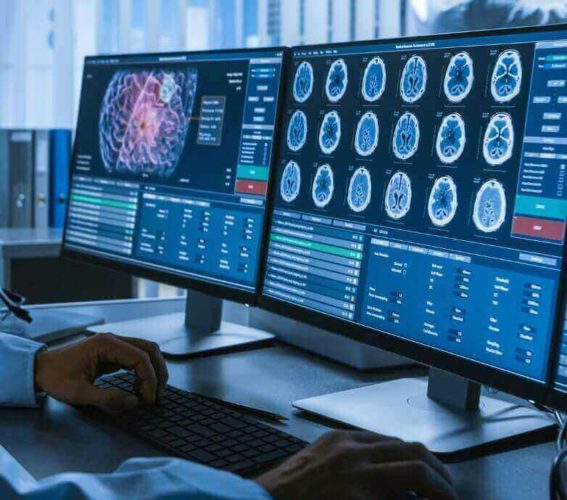Stroke severity is not predictable
A stroke can have devastating consequences – not only physical, but especially neurological. Stroke survivors and their families are well aware of this. Every stroke is different, and there is no way to predict stroke severity until examination by specialized healthcare professionals. Physicians measure the initial damage of a stroke by using the NIH Stroke Scale or NIHSS.
The National Institute of Health Stroke Scale (NIHSS)
The NIHSS measures the level of brain damage from a stroke along with physical and cognitive impairment. Brain functions including consciousness, vision, sensation, movement, speech, and language are measured when evaluating stroke severity. The larger the NIH stroke score, the more devastating the damage to brain functions.

- 0: no stroke
- 1-4: minor stroke
- 5-15: moderate stroke
- 15-20: moderate to severe stroke
- 21-42: severe stroke
The NIHSS test may be administered similarly to this:
http://www.strokecenter.org/wp-content/uploads/2011/07/NIH_Stroke_Scale_Booklet.pdf

During this test, a physician will asses the following and assign points appropriately:
- Consciousness: Tested by asking the patient a simple question (month and day) and assessing their ability to follow a simple command (closing eyes and squeezing hand)
- Gaze: Tests patients capability of moving their eyes normally by following an object with their gaze
- Visual Field: Examines how much a patient can see outside of what is directly in front of them
- Facial Palsy: Verifies if a patient can adequately move their facial muscles
- Motor Arm: Tests if a patient can hold their arm out for 10 seconds without drift
- Motor Leg: Tests if a patient can hold their leg up for 5 seconds without drift
- Limb Ataxia: Tests for motor damage in the cerebellum by having the patient touch their fingers to their nose and their heels to their shins on both sides
- Sensory:Assess response to sensory stimuli such as a pinprick
- Language:Patient is asked to describe the situation taking place in a picture to test their language capabilities
- Dysarthria: Evaluates amount of speech slurring in the patient
- Extinction and inattention: Assess the amount of attention the patient gives to their five senses and their environment
Scores on the NIHSS can be a tool for predicting patient outcome. Basically, the rule is:
- the lower the NIH stroke score, the more likely a full recovery is. However, this also means the other way round:
- the higher the NIH strok score, the more likely it is that the patient will die.
Have you or a loved one suffered from an ischemic stroke? There is hope after stroke with CBC Health’s regenerative cord blood treatment. Call today to learn more and see if you qualify +1 855 426 4623.



